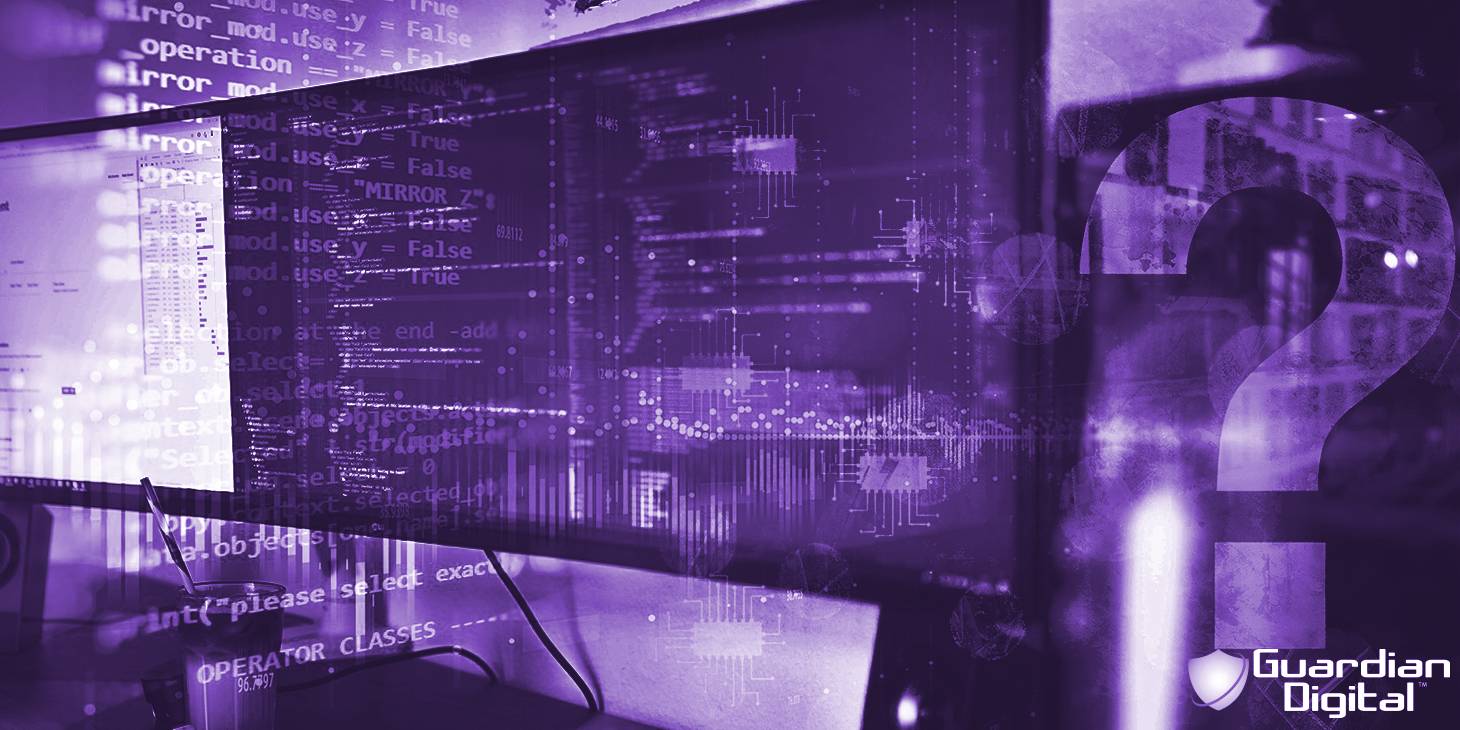
Email has become an essential communication tool for individuals and businesses in today's digital landscape. However, with email's convenience and efficiency, various threats and risks also come. Two of the most prevalent and menacing threats are phishing and spam emails. Although both can be seen as unwelcome nuisances in our inboxes, we must recognize and differentiate between them to protect ourselves and our businesses. This article explores the differences between phishing and spam emails and provides valuable insights into preventative measures to safeguard your business.
Spam Email Isn’t Just Aggravating- It’s Also a Security Threat!
Be aware that spam email, or unsolicited junk email sent in bulk, is a vector that is frequently used in dangerous phishing and malware attacks.
What Are Spam Emails?
Spam emails have been a persistent issue since the earliest days of email communication. They are unsolicited junk emails sent in bulk to many recipients. The primary intention behind spam emails is to distribute commercial advertisements for dubious products or services. Spammers hope to entice unsuspecting users to purchase their questionable wares, visit suspicious websites, or propagate their message further by forwarding the email. While spam emails can be a major annoyance and cause productivity loss, they pose a significant security threat. Many spam emails serve as a vector for dangerous phishing and malware attacks.
What Are Phishing Emails?
Phishing emails, conversely, are deceptive and manipulative attempts to trick individuals into divulging sensitive information or infecting their systems with malware. In a phishing attack, threat actors disguise themselves as reputable individuals or organizations seeking personal or confidential information from their targets. Phishing emails are tailored to deceive recipients into revealing their login credentials, credit card details, or other sensitive data. These emails often employ malicious URLs or attachments, which, when interacted with, can lead to devastating consequences. Unlike spam emails, phishing emails are not sent in mass quantities. They are carefully crafted to appear personalized and often come from recognized sources, such as a bank manager, a previous donor to an organization, or even a client of one's company. Phishing emails can also be a gateway for hacking networks or introducing malware.
Sophistication of Phishing Emails
Over time, phishing scams have become increasingly targeted and highly sophisticated. Spear phishing is a prevalent technique used by threat actors, aiming their attacks at specific individuals who possess valuable data or have access to critical systems. These attacks rely on advanced social engineering techniques to create detailed, convincing messages that are difficult to identify as fraudulent. By extensively researching their targets, attackers can craft tailored messages that increase the likelihood of success. Research shows that 91% of all cyberattacks begin with a phishing email, highlighting the significance of this threat in the modern cybersecurity landscape.
What Is The Impact of Spam and Phishing?
Both spam and phishing emails pose significant risks to businesses. Spam emails flood inboxes, cluttering and distracting recipients and acting as a potential host for phishing or malware attacks. Effective spam filtering and management systems are essential to reduce the infiltration of unwanted messages and minimize possible risks. Phishing, however, directly targets individuals intending to deceive and steal sensitive information. Falling victim to a phishing attack can result in devastating consequences such as data breach, financial loss, reputation damage, and even the potential for permanent business closure.
Tips for Prevention
Given the severity and prevalence of spam and phishing emails, businesses must proactively protect themselves. Here are some valuable prevention tips:
- Employee Education and Awareness: Train employees to identify and report suspicious emails. Educate them about the characteristics of phishing and spam emails and their potential risks.
- Multi-Factor Authentication (MFA): Implement MFA for all your critical systems and platforms. This additional layer of security provides a barrier against unauthorized access, even if login credentials are compromised.
- Advanced Email Security Tools: Invest in a robust email security solution with advanced threat detection and filtering capabilities. These tools can help identify and block phishing and spam emails before they reach employees' inboxes.
- Firewall and Antivirus Protection: Install and regularly update firewalls and antivirus software to detect and prevent malware infections that may result from clicking on malicious links or opening infected attachments.
- Software and Security Patch Updates: Keep your systems and software updated with the latest security patches. Regular updates address vulnerabilities threat actors may exploit to launch phishing or spam campaigns.
Spam & Phishing Protection: Our Final Thoughts
Understanding the differences between phishing and spam emails is crucial for protecting your business from threats. While spam emails are unsolicited bulk emails used for promoting products or services, phishing emails aim to deceive recipients into revealing sensitive information or infecting their systems with malware. Both types of emails can have severe consequences, including financial loss and damage to your business's reputation.
To safeguard your business from these threats, it is essential to implement a layered email security solution that includes advanced threat detection and filtering capabilities. Additionally, educating your employees about identifying and reporting suspicious emails, implementing multi-factor authentication, and regularly updating your systems and software are essential preventative measures.
The landscape of email threats is constantly evolving, and cybercriminals are continually finding new ways to exploit vulnerabilities. It is crucial to keep learning and stay updated on cybercriminals' latest trends and techniques to stay ahead of these threats.
Phishing Is Evolving
Other FAQs
- What Is Guardian Digital EnGarde Cloud Email Security?
- FAQs: What Are Some Examples of Malicious Code?
- How to Properly Scan Your Windows Computer for Malware & Remove Malware from Your PC
- What Should I Do if I Accidentally Clicked on a Phishing Link?
- FAQs: What Are Denial of Service (DoS) Attacks?
- FAQs: Why Outsource Businesses Email Security?
- What Is Domain Spoofing?
- What Are Insider Threats & How Can You Reduce Your Risk?
- The Silent Assassins: How Impersonation Attacks Target CEOs via Email
- How Can I Choose the Right Email Security Service for My Organization?